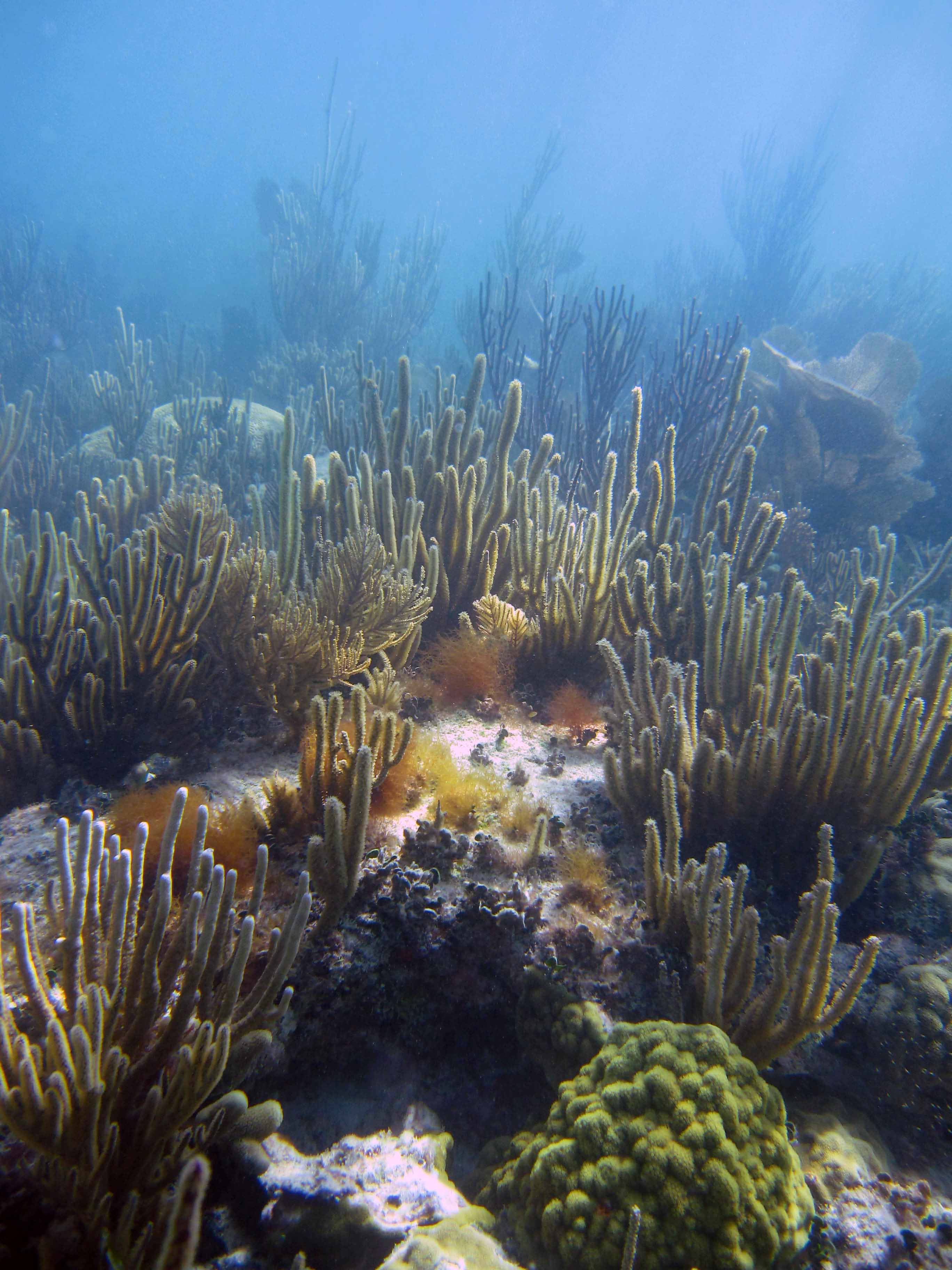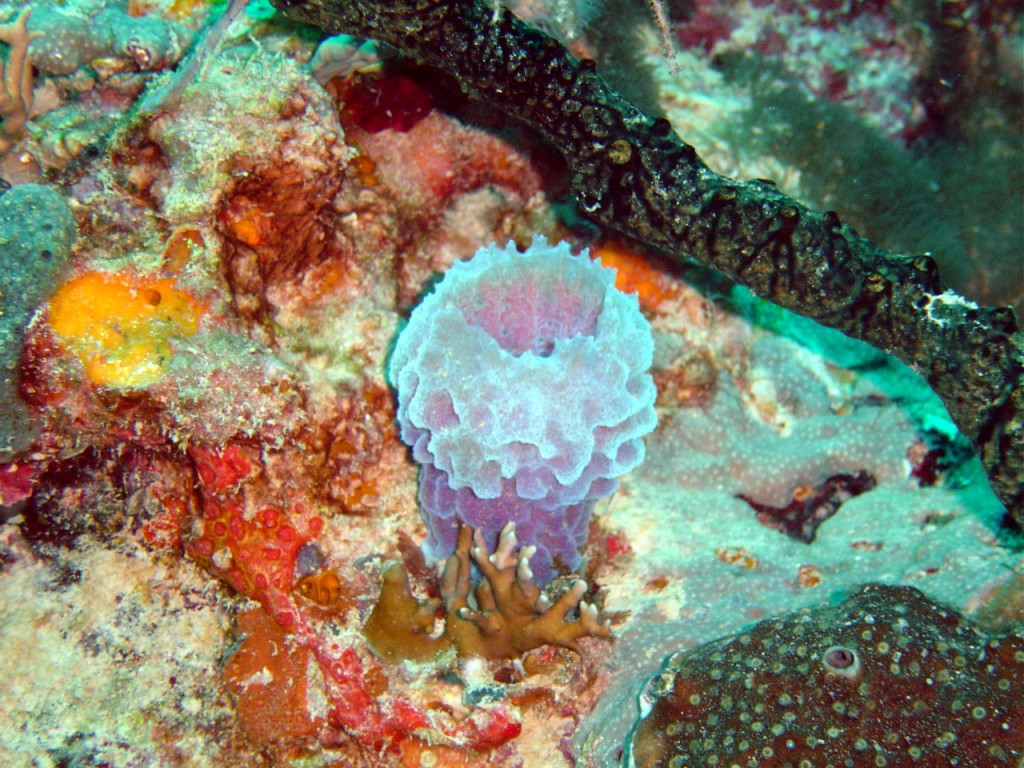There is more to these coral reefs, however, than meets the eye. While examining the abounding beauty of a reef, it’s difficult to grasp the complexity of the creatures that compose it and continue to flourish in an ocean that provides few nutrients. These spectral products of nature have formed some of the most diverse ecosystems while giving comfort and shelter to a multitude of fish species. Unfortunately, we have seen environmental forces as well as manmade damage take a toll on these reefs over the decades. Since they are somewhat fragile, the reefs have become victims of climate change, ocean acidification, overuse of reef resources and harmful land-use practices that result in agricultural runoff and water pollution. Sadly enough, these factors have the potential to wipe out our alluring coral reefs within our lifetime.

The National Marine Fisheries Service recognizes the crucial role of our coral reefs. Overall, the organization is working to extend endangered species protection to 66 coral species, including seven species of coral found in South Florida waters. This is a major step in preserving the health of our oceans. Each coral colony is composed of thousands of tiny individual coral animals. And Florida is the only state in the U.S. that has extensive shallow coral reef formations near its coastline. The reefs are at their most magnificent and prominent in the Florida Keys, where a tract of reef approximately 150 miles long and four miles wide extends all the way to the edge of the Florida Straits. This reef is the third largest barrier reef ecosystem in the world, and the majority of it lies within the Florida Keys National Marine Sanctuary, which was designated a protected area in 1992. Almost 1,400 marine plant and animal species – including more than 40 species of stony corals and 500 fish species – live within this Florida reef system. And the diversity of spectacular sponges here creates a pleasing picture we all love to visit and swim within.

It’s impossible not to be astounded by the colors and formations of the coral reefs, and the way the corals sway with the current. And although we are working to preserve them, the reefs still remain very mysterious to us. As corals, algae and marine organisms grow and their bodies secrete calcium carbonate that becomes part of their skeletons and shells, coral reefs grow and accumulate on the sea floor. When parts of the coral reef die, that calcium carbonate becomes incorporated into sediments that are buried by younger reef growth. It is a slow and very scientific process that unfolds over time.
The myriad corals common to Florida waters include sea fans known as gorgonians, Mustard Hill coral, smooth starlet coral, golf ball coral, elliptical coral, ivory bush coral, staghorn coral, lettuce coral, grooved brain and common coral, boulder star coral, clubbed finger coral and massive starlet coral. Many of these corals are on the decline, however, and this is where the designation of endangered species protection would come into play to try and mitigate the amount of stress put on our coral communities. The reefs themselves are divided into three different types of communities known as hard-bottom, patch reef and bank reef.
There is so much to learn and love about South Florida’s coral reefs. And designating the corals as endangered species is just the starting point for finding solutions to the ongoing problems facing our coral reefs. The designation has the power to play a key role in raising awareness about the impact of human activities on coral reefs. Working to put the measure in place and designating areas as protected habitats for corals can help influence the decisions that local governments make regarding dredging and beach re-nourishment. As scuba divers, snorkelers and general lovers of the water life, it’s our responsibility to spread the word and do our own part to protect our coral reefs, as well. Consider it an ongoing fight to claim a level of victory for our silent wonders of the deep, and to keep our coral reefs alive with their chromatic vitality.
by Hope Wilkos

